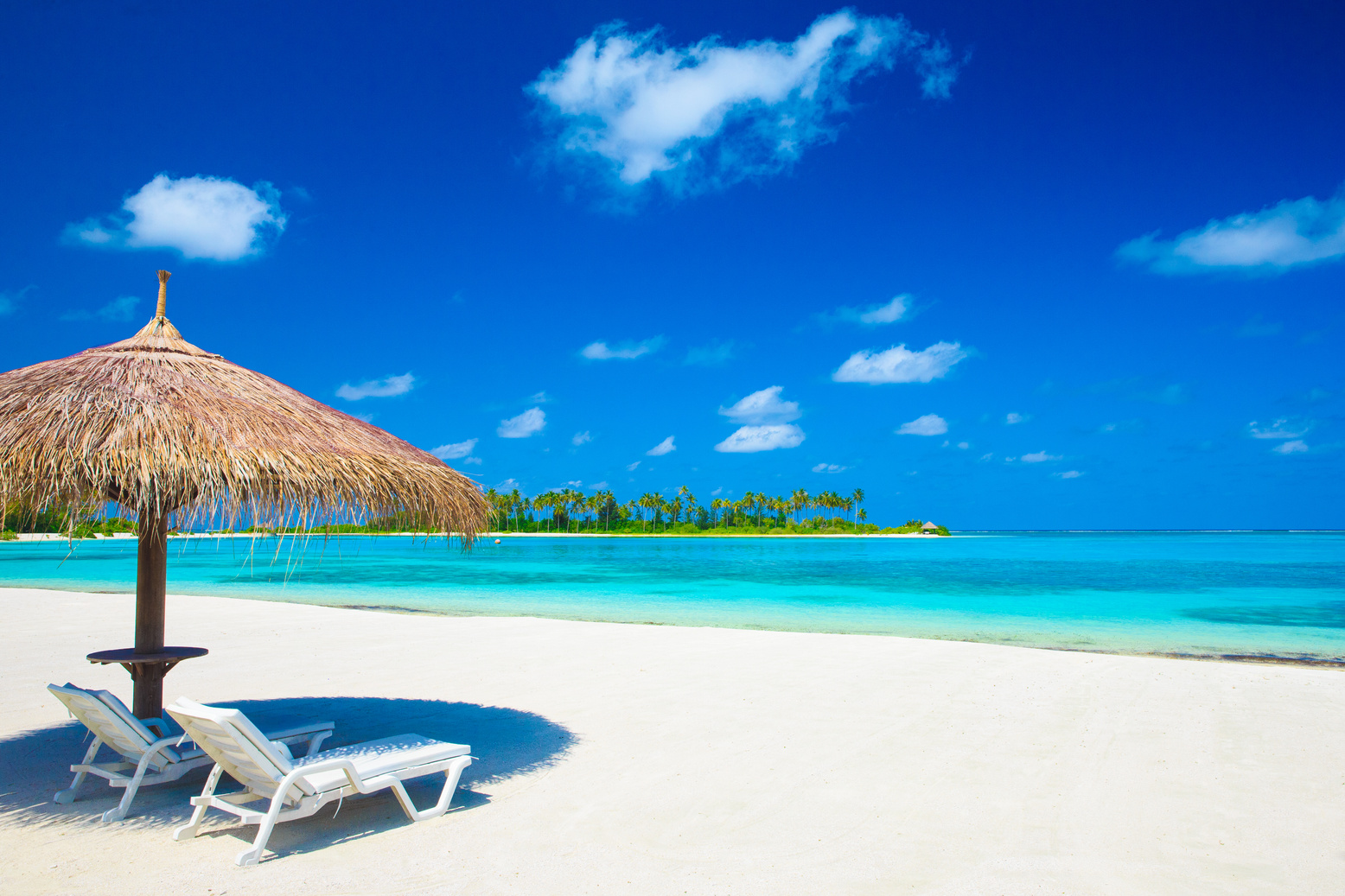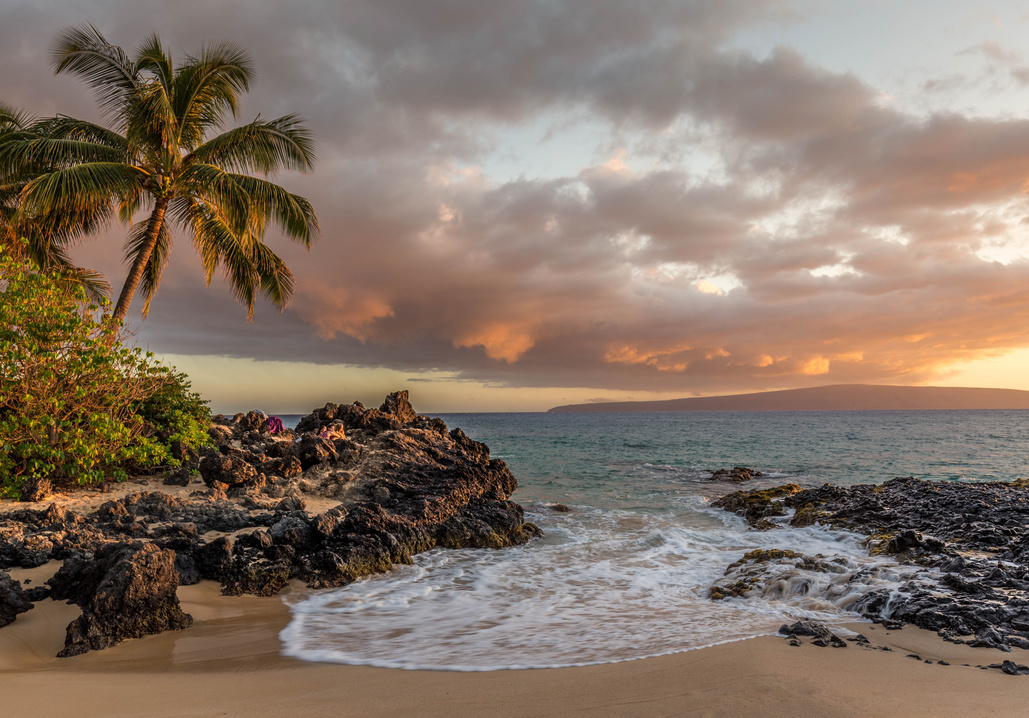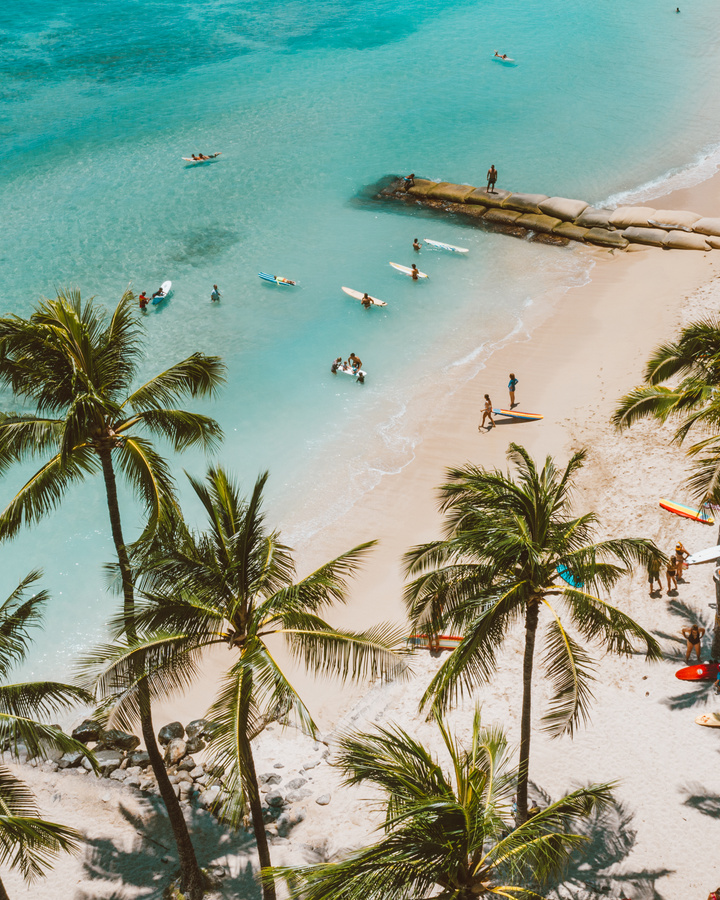Sustainable tourism and Regenerative tourism share the overarching goal of minimizing the negative impacts of tourism on the environment, local communities, and cultures.
However, they differ in their specific approaches and ultimate objectives.
Key distinctions between
Sustainable tourism & Regenerative tourism
Philosophy and Approach
Sustainable Tourism
Regenerative Tourism
This approach seeks to maintain the status quo by balancing economic, social, and environmental considerations. It aims to meet the needs of the present without compromising the ability of future generations to meet their own needs. Sustainable tourism focuses on minimizing negative impacts and often involves conservation, responsible resource use, and community engagement.
In contrast, regenerative tourism goes beyond sustainability by actively seeking to improve and restore ecosystems, communities, and cultures. The regenerative approach aims to leave a positive impact, contributing to the well-being of destinations and fostering resilience. It emphasizes the restoration and revitalization of natural and cultural assets.
Local Community Engagement
Sustainable Tourism
Sustainable tourism typically involves community engagement and benefit-sharing, ensuring that local communities benefit economically and socially from tourism. However, the focus may be on maintaining a balance rather than actively contributing to community empowerment and regeneration.
Regenerative Tourism
Regenerative tourism places a strong emphasis on community empowerment and participation. It seeks to involve local communities in decision-making processes, encourages entrepreneurship, and aims to leave a lasting positive impact on the social fabric of destinations.
Environmental Conservation
Sustainable Tourism
Sustainable tourism aims to minimize the environmental impact of travel and tourism activities. This may include practices such as responsible waste management, energy conservation, and biodiversity protection.
Regenerative Tourism
Regenerative tourism not only minimizes negative impacts but actively works towards restoring and enhancing ecosystems. This approach may involve reforestation projects, habitat restoration, and other initiatives aimed at improving the overall health of natural environments.
Cultural Preservation
Sustainable Tourism
Sustainable tourism recognizes the importance of preserving local cultures and traditions. Efforts are made to ensure that tourism activities do not lead to cultural erosion or exploitation.
Regenerative Tourism
Regenerative tourism takes cultural preservation a step further by actively contributing to the revitalization of local cultures. This may involve supporting traditional arts and crafts, promoting cultural exchanges, and actively engaging tourists in meaningful interactions with local communities.
Long-Term Impact
Sustainable Tourism
Sustainable tourism seeks to maintain a balance over the long term, ensuring that the impacts of tourism do not compromise the well-being of future generations.
Regenerative Tourism
Regenerative tourism goes beyond maintaining a balance; it strives to leave destinations better off than before. The ultimate goal is to contribute positively to the regeneration of ecosystems, communities, and cultures, creating a lasting and positive legacy.
Tourism has long been a double-edged sword, contributing to economic development while often causing environmental degradation and cultural erosion. In recent years, a paradigm shift towards more sustainable practices has emerged, and one such approach gaining prominence is regenerative tourism. Unlike conventional tourism, which may exploit natural resources and local cultures, regenerative tourism seeks to restore and revitalize destinations, leaving them better off than before.
Principles of Regenerative Tourism
Community Empowerment
Regenerative tourism prioritizes local communities by involving them in decision-making processes and ensuring they benefit economically and socially from tourism. This approach fosters a sense of ownership among residents, leading to more responsible tourism practices.
*Not valid for business class
Preservation of Natural Resources
Instead of depleting natural resources, regenerative tourism aims to enhance and protect them. Sustainable practices, such as responsible waste management, energy conservation, and biodiversity preservation, help minimize the environmental footprint of tourism activities.
*Not valid for business class
Cultural Respect and Preservation
Regenerative tourism values and respects local cultures, seeking to preserve traditions and heritage. Engaging with communities in a meaningful way, promoting cultural exchanges, and supporting local artisans are integral to this approach.
*Not valid for business class
Holistic Planning and Development
Regenerative tourism involves comprehensive planning that considers the long-term impact of tourism on all aspects of a destination—environmental, social, and economic. Sustainable infrastructure development and land-use planning are crucial components.
*Not valid for business class

Benefits
of Regenerative Tourism

Economic Resilience
By involving local communities in tourism initiatives, regenerative tourism contributes to economic resilience. Income generated from tourism is more evenly distributed, creating a more stable and sustainable economic foundation for communities.

Benefits
of Regenerative Tourism

Environmental Conservation
Through sustainable practices and a commitment to conservation, regenerative tourism helps protect ecosystems and biodiversity. This ensures that the natural attractions that draw tourists remain intact for future generations.

Benefits
of Regenerative Tourism

Cultural Enrichment
Regenerative tourism supports cultural preservation, fostering pride and a sense of identity among local communities. This not only benefits residents but also provides a richer and more authentic experience for tourists.

Benefits
of Regenerative Tourism

Social Inclusivity
This approach encourages inclusive and responsible tourism, making destinations accessible to a broader range of travellers. By breaking down barriers, regenerative tourism promotes diversity and inclusivity within the tourism industry.
Challenges and Future Prospects
While regenerative tourism presents a promising path towards sustainable travel, challenges such as resistance to change, lack of awareness, and the need for coordinated efforts among stakeholders remain. Governments, businesses, and tourists alike must actively participate in fostering a regenerative approach to tourism. The future of travel lies in our ability to prioritize regenerative practices, creating a harmonious balance between economic development and environmental and cultural preservation.
Roadmap
Five priorities of the Goa Tourism Roadmap that are woven into regenerative tourism.
Priority 1
Green tourism
Greening the tourism sector for a sustainable, responsible and resilient tourism sector
Priority 2
Digitalization
Harnessing the power of digitalization to promote competitiveness, inclusion and sustainability in the tourism sector
Priority 3
Skills
Empowering youth with skills for jobs and entrepreneurship in the tourism sector
Priority 4
Tourism MSMEs
Nurturing tourism MSMEs, startups and the private sector to unleash innovation and dynamism in the tourism sector
Priority 5
Destination management
Rethinking the strategic management of destinations towards a holistic approach that delivers on the SDGs.

To help framing the relationship between tourism and the Sustainable Development Goals (SDGs) in the development of the current Roadmap, a survey among G20 members and guest countries was conducted. The answers helped to identify the SDGs which tourism was considered to impact the most:

A set of ten cross-cutting key enablers have been identified by the Goa Tourism Roadmap based on a systems level analysis of recommendations from reports, surveys, case studies and best practices shared by practitioners across the tourism sector.
1. Working towards climate action and environmental protection and related international cooperation;
2. Equitable economic models to promote inclusive tourism and empower vulnerable groups, such as youth, women, Indigenous Peoples and persons with disabilities;
3. Sustained public-private-community partnerships, including employers’ and workers’ organizations, to develop more innovative and sustainable tourism initiatives;
4. Visitors as key stakeholders to help transform the sector towards sustainability;
5. Holistic destination management to help the sector adapt to today’s challenges;
6. Upskilling, reskilling and new skilling tourism actors, focussing on vulnerable groups (such as youth, women, Indigenous Peoples and persons with disabilities), as well as MSMEs, to reduce inequalities, foster inclusion and social justice;
7. Strengthening measurement, monitoring, and reporting to better understand and manage the impact and interdependences of tourism on its three dimensions – economic, social and environmental;
8. Consistent knowledge sharing between traditional and non-traditional actors to bridge knowledge gaps and accelerate progress within the sector;
9. Innovative approaches to meet the SDGs; and
10. Long-term forward planning to foster tourism resilience.

Spiritual tourism intersects with regenerative tourism and substantially contributes to it. Spiritual tourism can play a significant role in regenerative tourism by promoting a holistic approach to travel that focuses on the well-being of individuals, communities, and the environment.
Cultural Exchange and Understanding
Spiritual tourism often involves visiting sacred sites, participating in rituals, and engaging with local communities. This fosters cultural exchange, understanding, and respect between travellers and host communities, promoting a sense of unity and shared humanity.

Community Empowerment
Many spiritual tourism destinations are in rural or less economically developed areas. By attracting visitors, these areas can experience economic benefits. Responsible spiritual tourism initiatives prioritize community engagement and empowerment, ensuring that local residents have an active role in tourism activities and can benefit from the economic opportunities it brings.

Environmental Conservation
Spiritual tourism often involves visits to natural and serene environments. Sustainable and regenerative tourism practices associated with spiritual travel can help preserve these ecosystems. Conservation efforts and responsible tourism practices are integral to maintaining the spiritual and natural integrity of these destinations.

Well-being and Mindfulness
Spiritual tourism often emphasizes personal well-being, mindfulness, and self-discovery. Travelers seeking spiritual experiences are more likely to appreciate and respect the environment they are in. This mindfulness can translate into responsible tourism practices, such as reducing waste, conserving resources, and supporting sustainable initiatives.

Local Traditions and Crafts
Spiritual tourism encourages travellers to engage with local traditions, arts, and crafts. This helps in preserving and promoting the unique cultural heritage of the destination. Travelers may also contribute to local economies by purchasing handmade products, supporting local artisans, and participating in cultural workshops.

Educational Opportunities
Spiritual tourism often involves learning about ancient philosophies, religious practices, and cultural traditions. This educational aspect can lead to a greater understanding of the interconnectedness of all things and foster a sense of responsibility towards the environment and local communities.

Mindful Tourism Practices
Spiritual tourism often attracts individuals seeking more meaningful and mindful travel experiences. This can translate into a lower environmental impact, as travellers are more likely to choose eco-friendly accommodations, adopt responsible travel behaviours, and support businesses that prioritize sustainability.

Promotion of Responsible Tourism
Spiritual tourism can act as a catalyst for responsible tourism practices. As travellers seek deeper connections and experiences, there is a growing awareness of the need to protect and regenerate the places they visit. This can lead to a shift in tourism trends towards more sustainable and regenerative models.

Together, Let's Travel with Purpose!
Phone
0832-2437132
reservations[at]goa-tourism[dot]com
